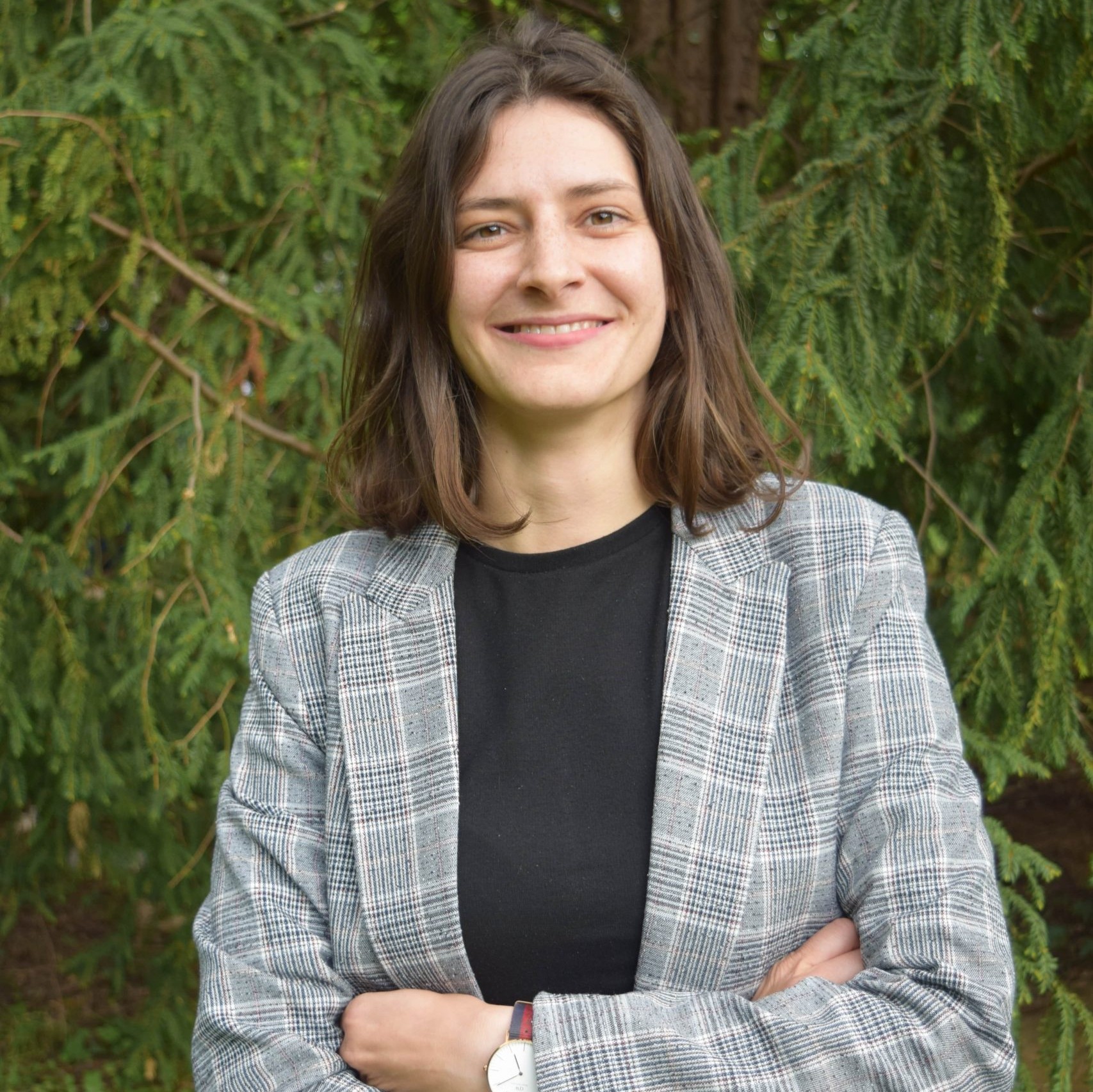It starts with ACCESS2MOUNTAIN and ends with Smart Pedestrian Net. We’ll give you a quick and neat glossary of selected EU walkability projects and their achievements.
EU projects hold more meaning than first meets the eye. They might not seem as important to you personally and your ideas of implementing changes in your city, but we believe their value is great. They can serve as an inspiration, they can become your roadmap, helping you along your journey, or they can just be a background reminder that change is, in fact, possible. Either way, we hope you find some motivation in the following highlighted projects.
1. ACCESS2MOUNTAIN
Aim of the Project
ACCESS2MOUNTAIN’s wish was to achieve durable, environmentally friendly tourism and to provide access in regions between the Alps and Carpathians. In addition, they set out to share these gained experiences to increase and introduce more sustainable mobility.
What They Achieved
Some of the project’s outputs are the analysis and collection of the best practices of multi-modal transportation in tourist regions and the development of communication strategies for raising awareness. For more information, see their project leaflet.
Where They Did It
The project focused on the sensitive regions between and in the areas of the Alps and Carpathians.
Partners of the project were organisations from Austria, Hungary, Italy, Poland, Slovakia, Montenegro, Ukraine, Slovenia, Belgium, Romania, Czech Republic, and Serbia.
When They Did It
May 2011 to April 2014
Budget
€2,222,411.75
2. Active Travel Network
Aim of the Project
Active Travel Network aimed to tackle car-related transport problems by promoting walking and cycling in small and medium-sized cities. One of the goals was to contribute to change in transport habits.
What They Achieved
By taking actions and their analysis, Active Travel Network provided recommendations for increasing active travel- how to get politicians, planners, and stakeholders on board, establish policies and strategies and manage active travel projects. A detailed list of recommendations can be accessed here.
In addition, the project helped their partners to develop a Local Action Plan (LAP) to boost active travel in their cities. LAPs of cities involved can be seen here.
Where They Did It
Integrated Action Plans (i.e. local outputs specific to each country) were conducted for Weiz (Austria), Graz (Austria), Skanderborg (Denmark), Norderstedt (Germany), Novara (Italy), Riccione (Italy), Ljutomer (Slovenia) and Sérres (Greece).
Partners of the project were organisations from Austria, Italy, Germany, Greece, Slovenia, Denmark, and Romania.
When They Did It
July 2010 to January 2013
Budget
€647,660.00
3. FLOW
Aim of the Project
FLOW’s goal was to bring walking and cycling on an equal level with motorised transportation to reduce congestion and to track the success of walking and cycling measures.
Consequently, two of the aims were to improve awareness of urban congestion and to improve understanding of the potential of walking and cycling in fighting congestion.
What They Achieved
FLOW implemented bike-share systems, cycle routes, cycle to work campaigns and shared spaces in city centres.
To place non-motorised transport on an equal footing with motorised ones, FLOW developed a conceptual framework and tools to assess walking and cycling measures. You can try out the FLOW Impact Assessment Tool here.
Where They Did It
Participating cities were Munich (Germany), Lisbon (Portugal), Gdynia (Poland), Budapest (Hungary), Sofia (Bulgaria) and Dublin (Ireland).
Other partners of the project were organisations from Germany, Belgium, UK, Hungary, Poland, Ireland, Portugal, and Bulgaria.
When They Did It
May 2015 to April 2018
Budget
€3,781,697.38
4. PARENZANA II
Aim of the Project
PARENZANA II’s aim was to revitalise the route, called Route of Health and Friendship, in Istria, to construct infrastructure for the cycling path, to reduce the burden on the road transport, and to preserve the old railway track.
What They Achieved
- Restoration of routes from Vižinada to Poreč (in Croatia) and from Lama to Dekani (between Croatia and Slovenia)
- Section of the road between Koper and Izola (Slovenia) was closed for cars and is now dedicated only to pedestrians and cyclists.
- Construction of a bridge in Livade (Croatia)
- Setting up a full-size Parenzana locomotive model in Vižinada (Croatia)
- Setting up standardised tourist services in the area, along with information and signalling boards
- Renovation of the multimedia Parenzana Museum at Livade (Croatia)
Where They Did It
Two countries with specific coastline cities were involved in the project: Croatia (cities Pula, Poreč, Vižinada, Oprtalj, Buje) and Slovenia (cities Piran, Izola, Koper).
When They Did It
January 2009 to March 2012
Budget
€612,484.76
5. Smart Pedestrian Net
Aim of the Project
Smart Pedestrian Net envisioned improving walkability in cities through assessing the conditions provided to pedestrians, estimating the cost and benefits of promoting walkability, and developing a navigation system.
What They Achieved
At the end of the project, Smart Pedestrian Net provided a model as a helping tool for cities – on how to promote and encourage walkability as a smart, sustainable and inclusive development.
Where They Did It
The project was tested in Porto (Portugal) and Bologna (Italy).
Partnering organisations were from Portugal, Austria, Cyprus, Italy.
When They Did It
January 2017 to January 2020
Budget
€984,928
Here you have it, some of the EU projects on walkability that stuck out to us, based on their goals, motivation or overall idea.
One of the key takeaways we should take from these inspiring projects is the importance of having a vision and believing that your city can – and deserves to – be improved. Next comes the easy part – convincing people to implement changes.
Interested in more? Great, then these next articles are perfect for you:
- So, You Talk the Talk, but Can You Walk the Walk? These EU Projects Can!
- The Top 5 EU Projects on Reducing Car Use – and What You Can Learn From Them
- From Pasta to Mimosa: Summary of Major EU Transport Projects
- EU Cycling Projects: What’s Out There
- Five Major EU Projects on Cycling – and Their Key Takeaways


